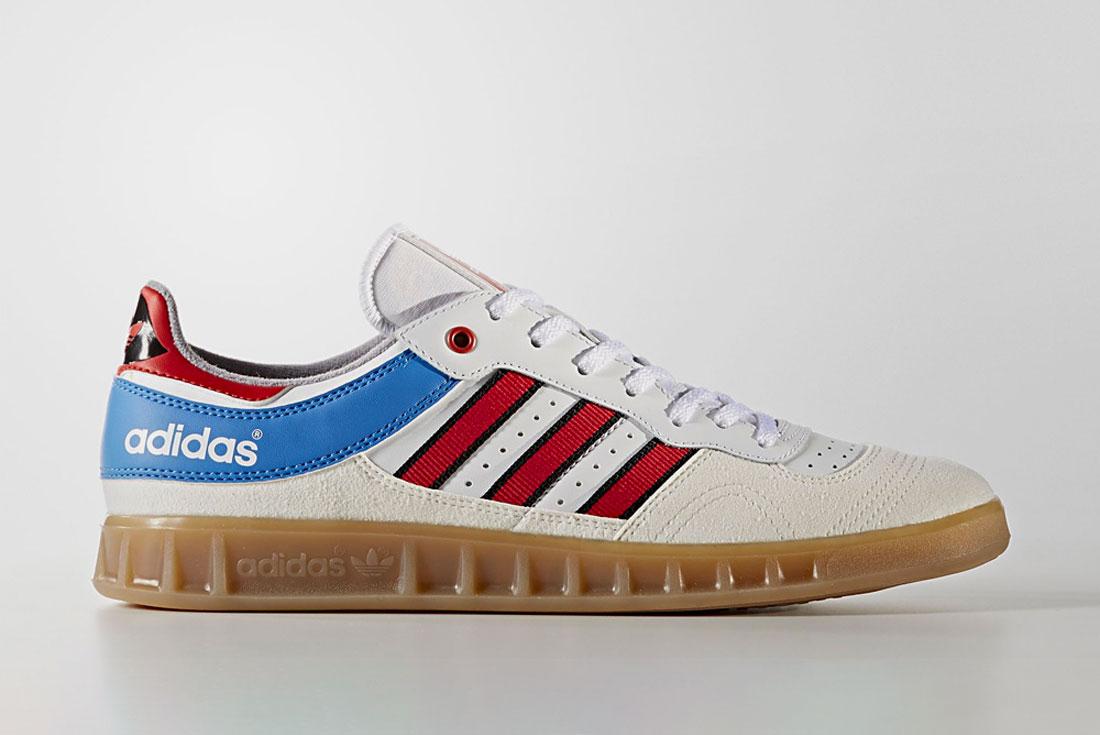A Brief History of Handball Shoes
Handball is an exhilarating team sport that was first officially played over 100 years ago in 1917 in Berlin. Like many popular athletic activities, the technology, equipment, apparel, and especially the shoes, have continually evolved to draw out maximum performance on the handball court. And some of this footwear eventually transcended its sporting origins to become certified sneakerhead classics that remain in heavy rotation today. Get ready to slam down a brief history of handball shoes.
Early Footwear
Handball actually first started as an outdoor game known as Field Handball. Its first and only appearance on the world stage was all the way back at the Berlin Olympics in 1936. Innovation at that time more or less meant hammering studs into leather oxfords. Keep in mind that athletic shoes – i.e. what is considered sneakers today – were rather rudimentary at the turn of the 20th century… largely because no such thing existed. The footwear of handball became much more interesting when the sport spent a few decades transitioning indoors, eventually returning to Munich 1972.
